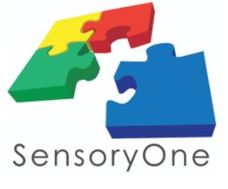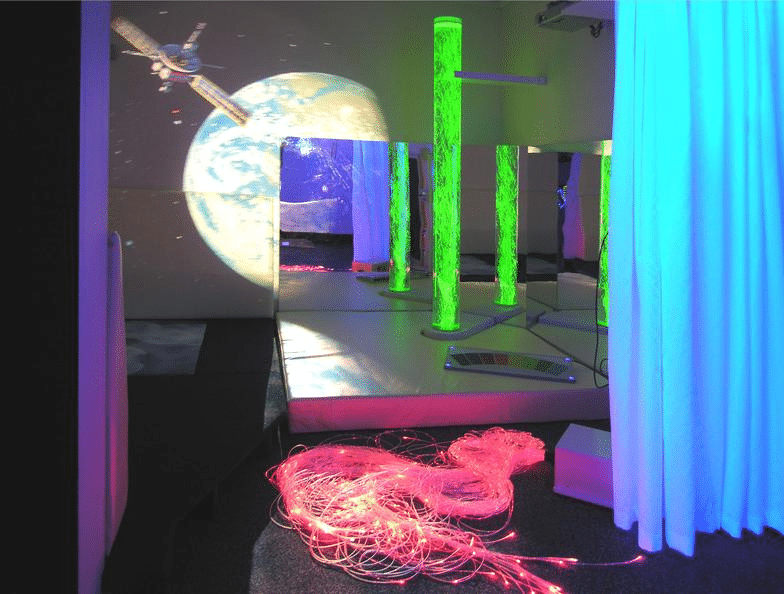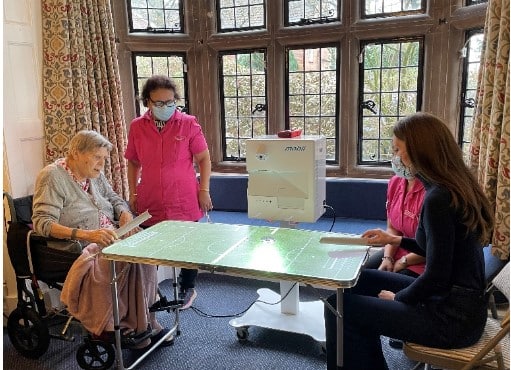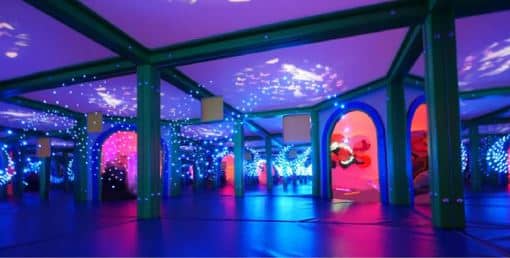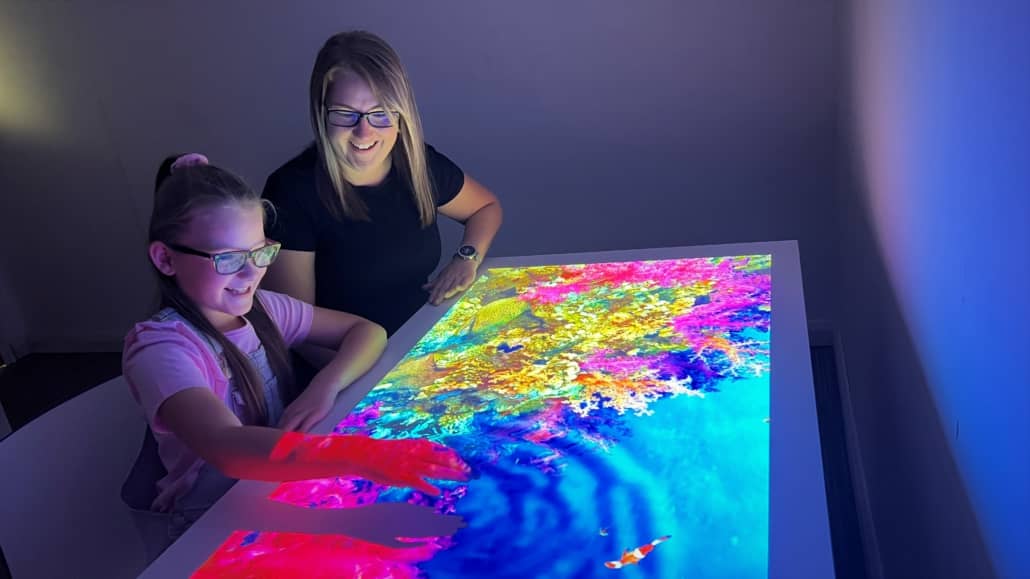When deciding whether to build a sensory room there is one question that will likely be at the top of your list to ask: how much will it cost? Further, what equipment is needed? There is no one answer to these questions! The costs of a sensory room are largely based on what kind of equipment you include and the size of space you are coordinating, so you’ll often be able to adjust the cost to fit within your budget needs.
At SensoryOne, we realize no two clients have the same needs. From space dimensions, target group needs, to budgets – we build sensory rooms to suit. Importantly, our sensory space design services are complementary. Get your design today!
The cost can vary considerably
From a few hundred to several thousand, the cost of a custom sensory room varies widely depending on several factors. The cost of building a sensory room will vary quite a bit depending on what tools, equipment, toys and furniture you’d like to include in it. As well, the size of the room, the materials used, the complexity of the equipment and technology, and the location of the project will all play a significant role in the cost. On average, the cost can range from $5,000 to $100,000 or more.
Sensory room design experts can make a difference
Choosing a service provider that is willing to work with you in order to create the perfect sensory space for your needs can make all the difference. They are better able to understand the needs of your intended users, and are able to recommend tools and equipment that will suit your goals.
Once you’ve decided on kind of the space you’re dedicating to your sensory room, a service provider can use this information to provide a more accurate quote before you get started. They will also offer you advice on how to design the space for optimal usability. This support can help you form a plan, keeping your budget and wants in mind.
Interactive technology is a worthwhile addition
Interactive technology tools like virtual realty games and interactive projectors systems can really elevate your sensory room. Although they can end up adding costs to the project, the investment is well worth it. The more activities and games that you include in your sensory room, the longer kids will be engaged during their visits.
There are a variety of interactive tools that you could include in your space, including:
Virtual reality systems – The Broomx projector turns an entire room into an immersive experience, without needing a bulky headset or other equipment.
Interactive projectors – The OMI interactive projector takes visitors on an immersive and interactive journey through a variety of games and visual adventures.
A projector system – The Budii projector system is a tabletop or floor projector that invites users to play games and interact with the projected images. These are excellent for at-home, residential use.
Sensory carts are a budget-minded option
If budget and space are a concern, creating a sensory cart is a great option to start with. These portable units take up less space and can have a much lower initial cost, while still offering a sensory experience to settings that may benefit from one. With the ability to include a projector, virtual reality system and other interactive and technology-based tools, a sensory cart can provide sensory engagement even with a smaller budget.
Set a budget before you start
When building a sensory room, the costs can vary quite a bit based on the tools and equipment you install, the space you have to fill, and the design elements you want to include. From hundreds of dollars to well into the thousands, there is no limit to what you can invest into your sensory space. Including more expensive options like a projector or virtual reality can boost your budget while providing more activities for visitors, while forgoing these activity centers can keep costs lower. Deciding ahead of time how much you’d like to spend can help your sensory room be the best it can be.
Creating a sensory room can provide immeasurable benefits
The benefits that a sensory room can have for people who are experiencing sensory overload are numerous. The ability to take a time out from a stressful situation can help both kids and adults to manage their emotions and regain control.
The cost of creating a sensory room can vary significantly for multiple reasons. If budget is a concern, you can always start smaller and relatively low-tech, and build out your space in phases.
Sensory room providers that help you plan your space typically have the in-house expertise, rather than just being equipment resellers. For what may be a project costing thousands or tens of thousands of dollars, proper expertise and support is imperative.

